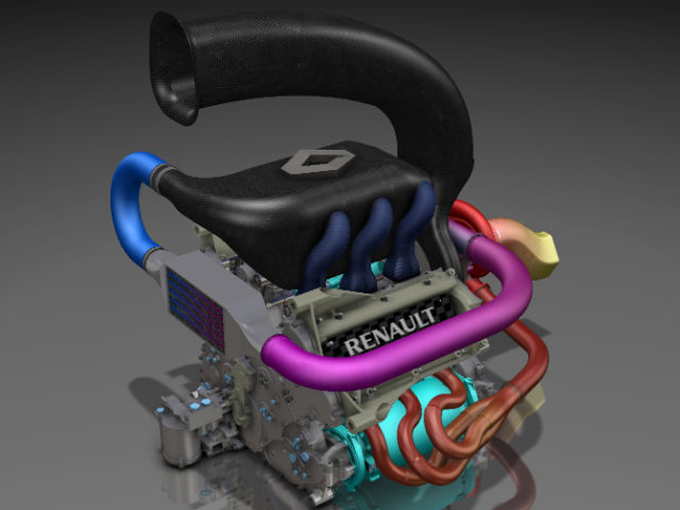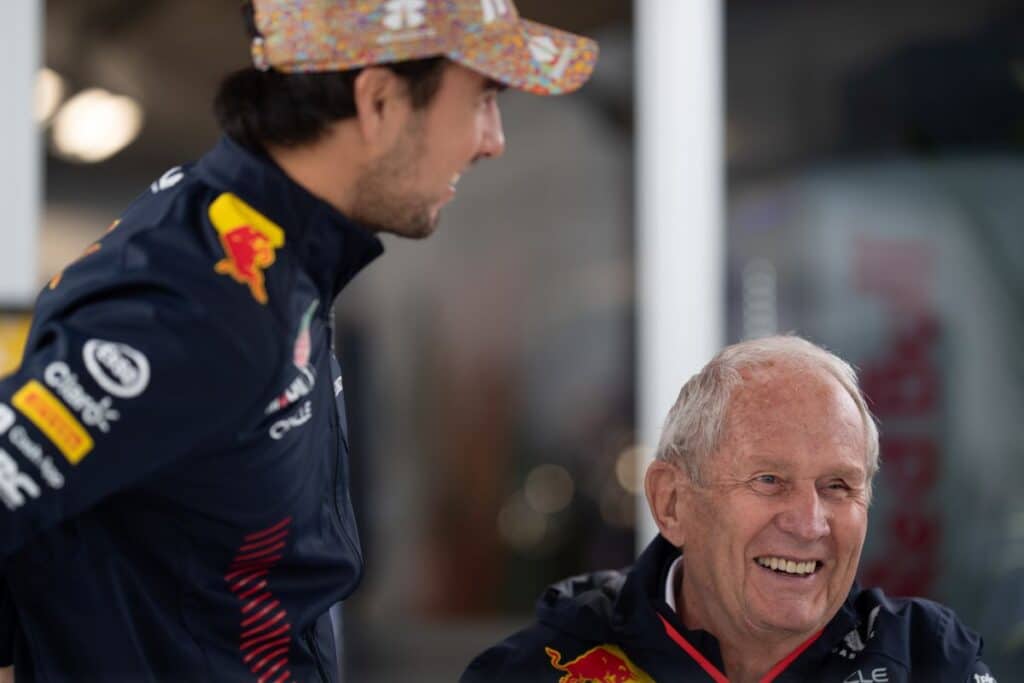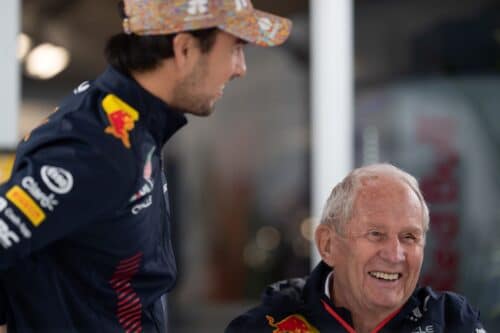Renault unveils its F1 engine for 2014
First graphic reconstruction of the new turbo V6

Renault Sport has released the first details of its new 1.6-litre V6 turbo engine for the 2014 Formula 1 season. The unit has already begun intensive testing at its Paris factory and the results are promising.
In the rendering of Racecar Engineering magazine the first previews of the future French unit: "Now we are running a V6 and the program is more or less in line with our plans" declared Rob White.
“In some ways the limitations imposed by the regulation can be frustrating,” he explained. “But it's like that for everyone. There are a small number of decisions that are imposed by the rules, but in thousands of other things we still have freedom."
The regulation is also restrictive in terms of materials but some, like magnesium, have returned in limited applications: “The rules on materials are still quite restrictive but there is some more freedom to help us reach the required weight, which is really a challenge. The heads and crankcase must still be made of aluminum, or steel alloys, and cannot contain composites. But we are allowed to use magnesium again for some static engine components. As with the V8s, the V6s will also have a limited speed. However, although the regulation dictates a speed of 15.000 rpm, I think we probably won't get to that level because the efficiency game is to make the power available at the lowest rpm level for friction reasons. The engine will likely spin at 12.000 rpm due to the developed fuel flow curve.”
Fuel flow is a new limiting factor in the rules: each car will have a maximum flow of 100kg/h which will be monitored by a specific FIA instrument, probably supplied by Gill Sensors.
Direct injection will also be big news: “Direct injection wasn't expressly prohibited by the rules in previous engines, but there was a limit in fuel pressure that made it impossible,” White explained. “It's a big change for us and we will benefit from the experience gained on production cars. However, the big difference is that our engines run at 70% full capacity while a road car engine does not. Furthermore, our fuel consumption and flat-rate performance are crucial, something that is not the case with series engines with direct injection. Road cars leave the engine alive, but we cannot afford to use fuel with the accelerator pressed hard to cool elements, which is the classic approach in production car engines."
Another big challenge will be the reintroduction of turbos, for the first time since 1988. The rules impose only one turbocharger and also define its position: “The turbo can only be positioned in front or behind the engine and since the exhaust can only exit at the rear of the car I would be surprised if someone placed the turbo in front of the engine but in this sport you can't take anything for granted” added White.
According to the technician, most of the cars on the grid will be equipped with intercoolers, causing problems for aerodynamicists and designers due to the inclusion of new air intakes to cool the unit.
if you want to always be updated on our news
Follow us here















